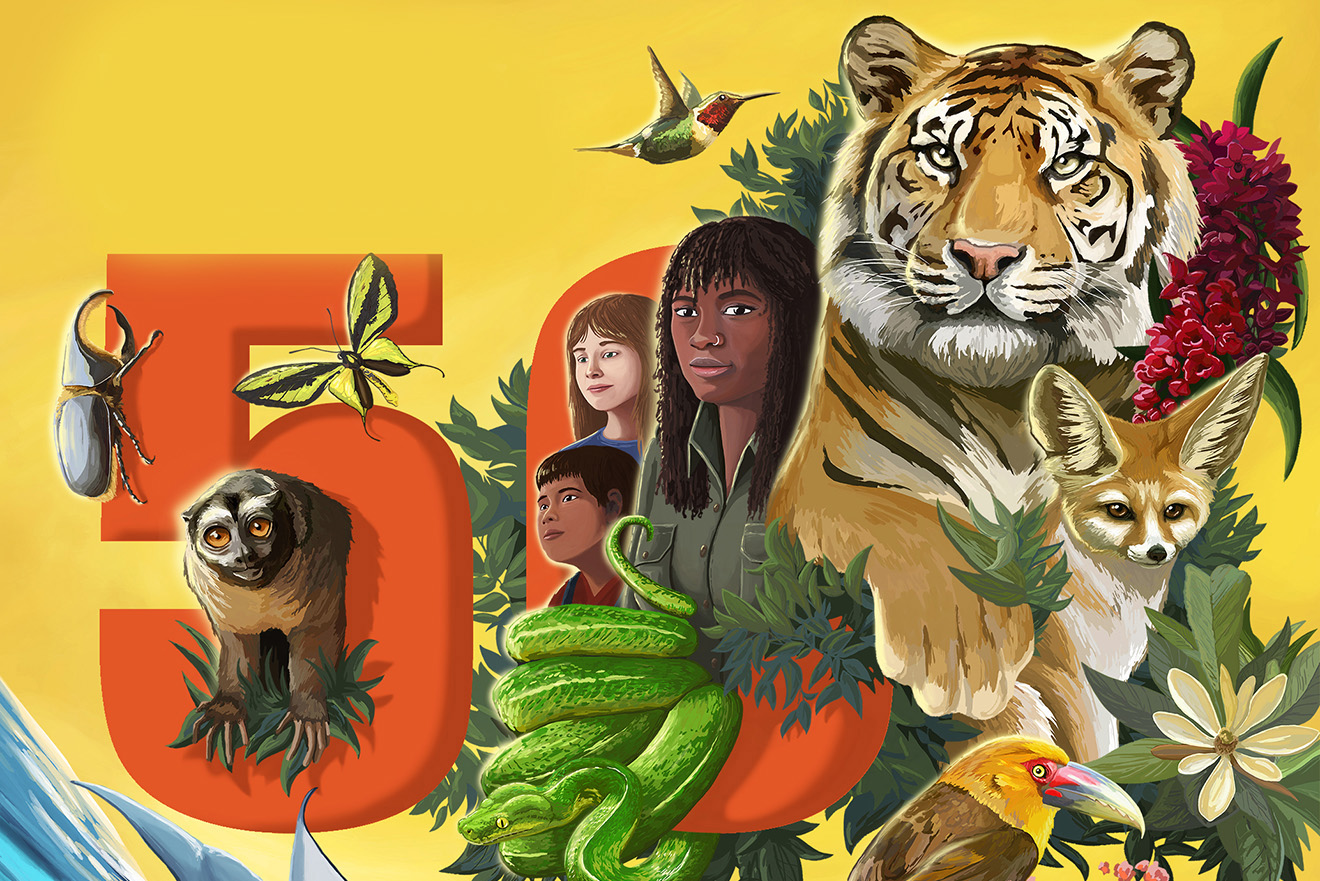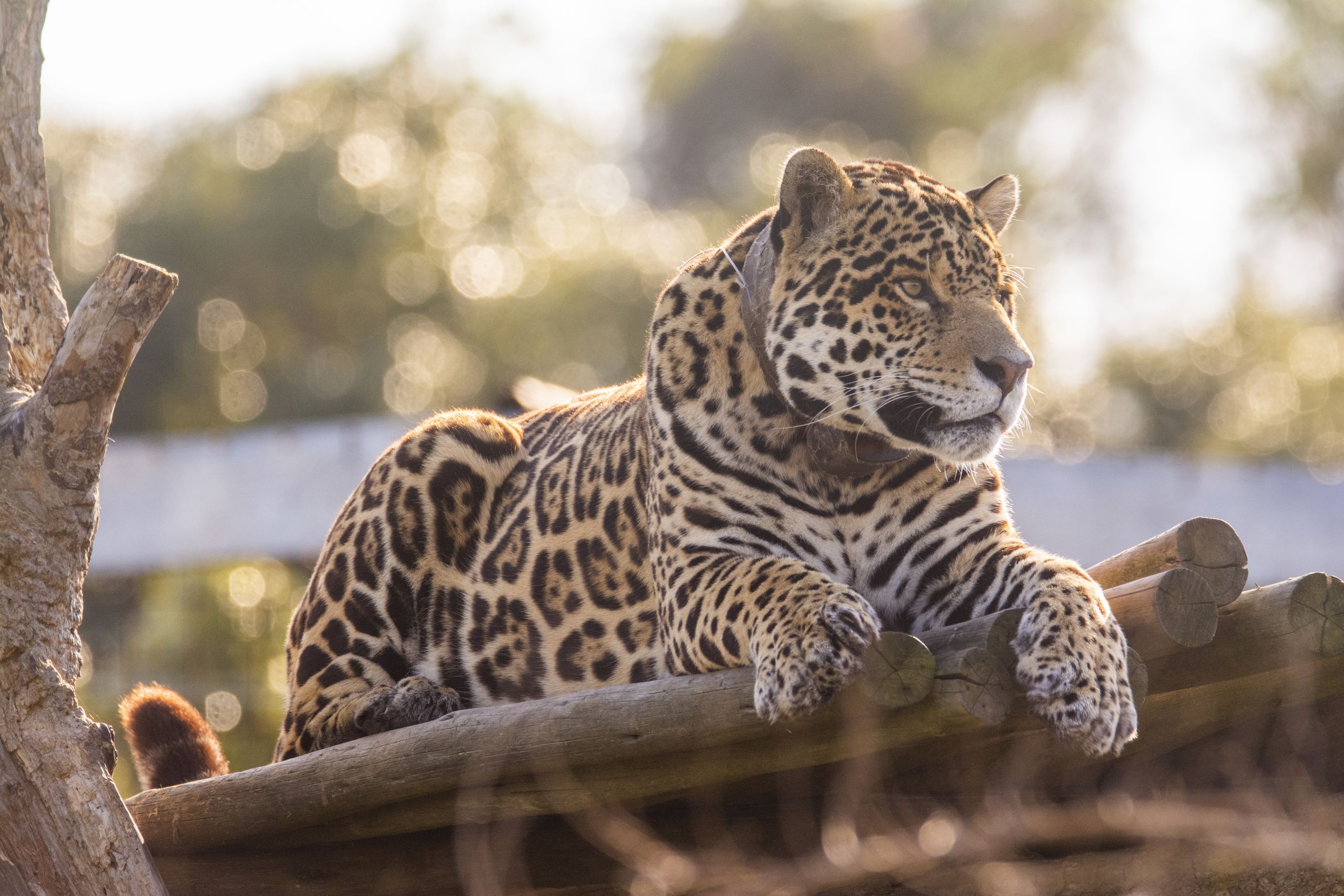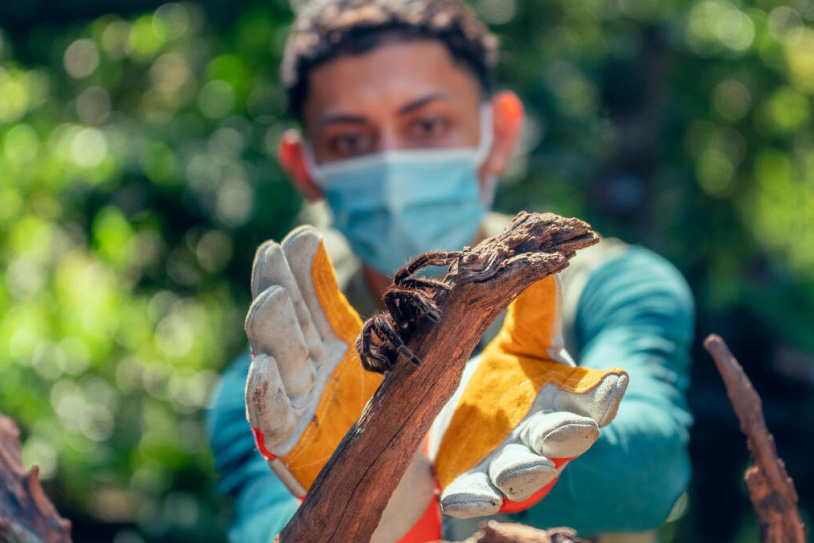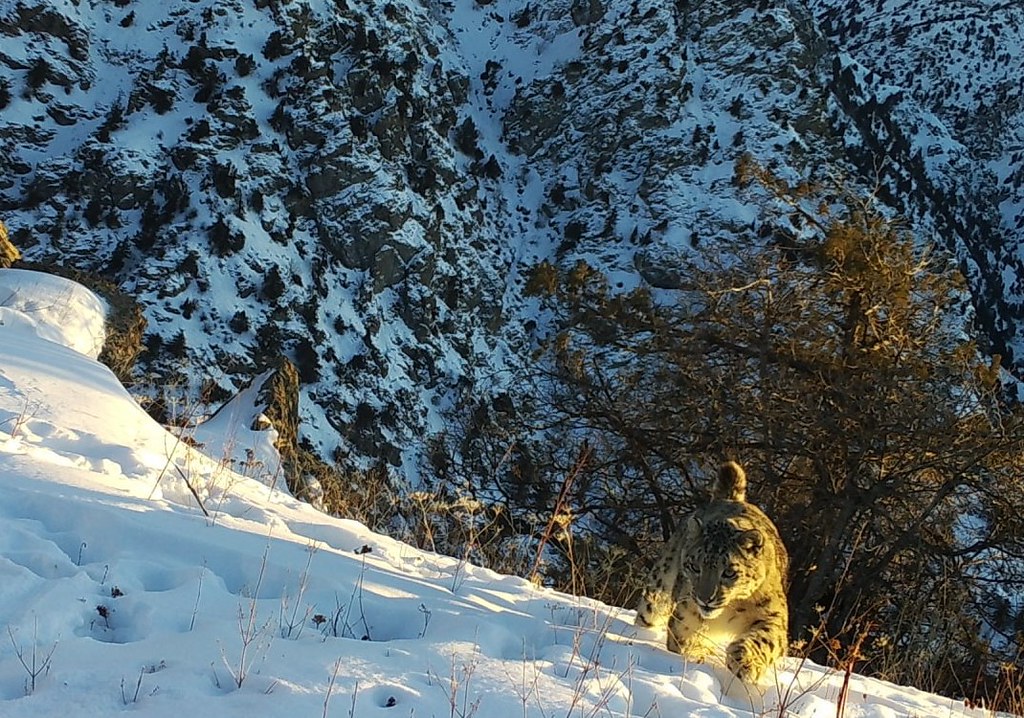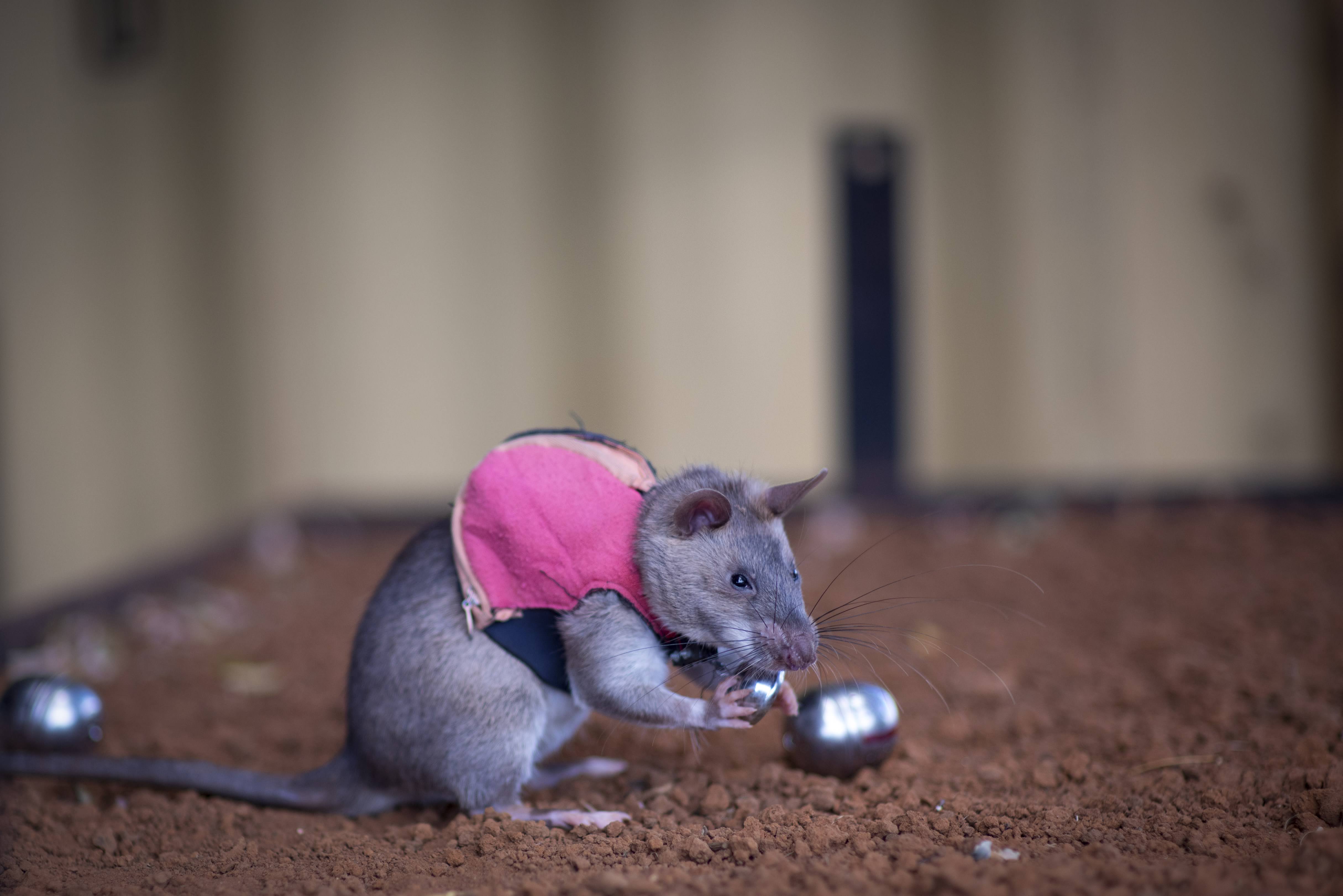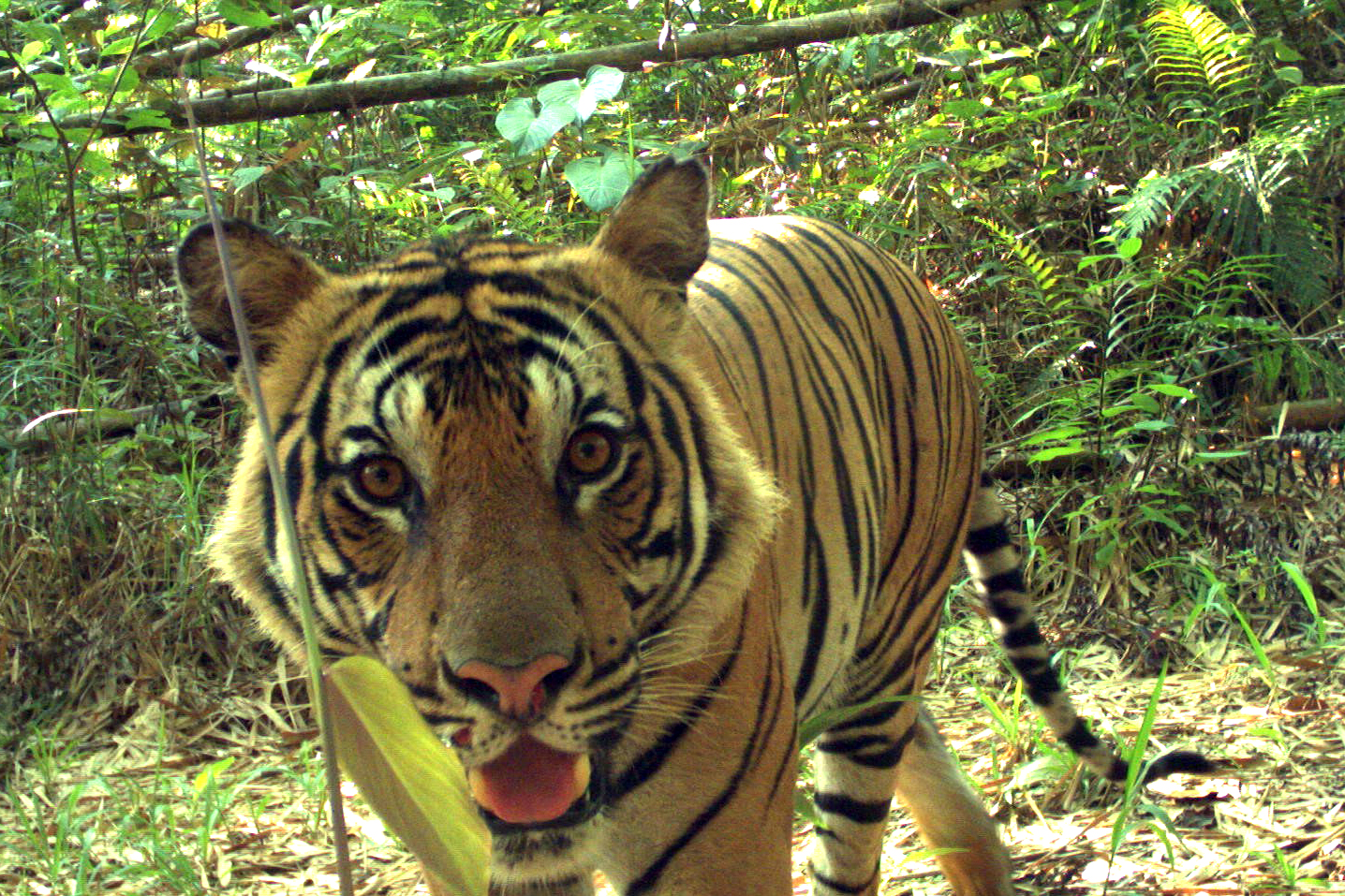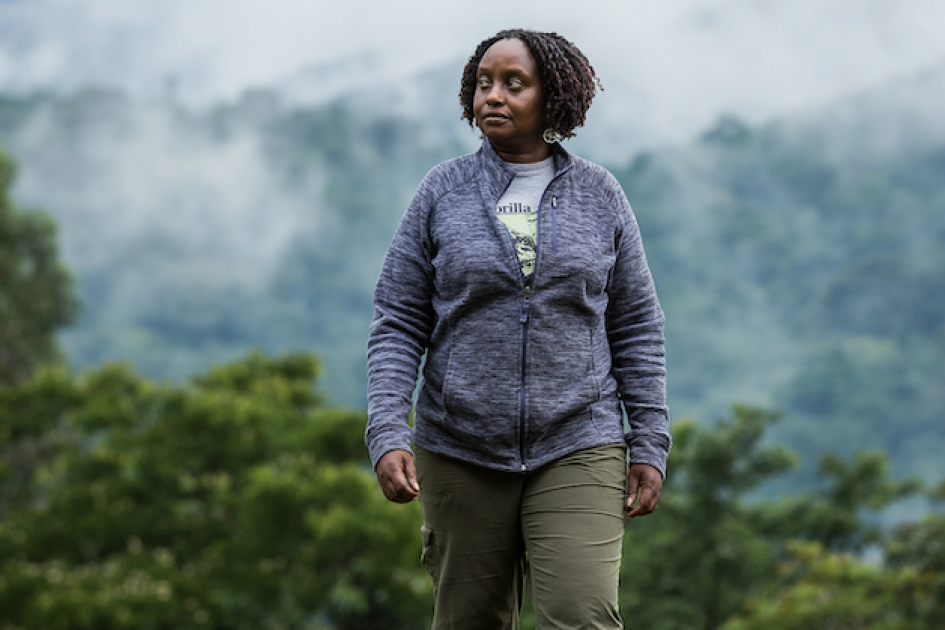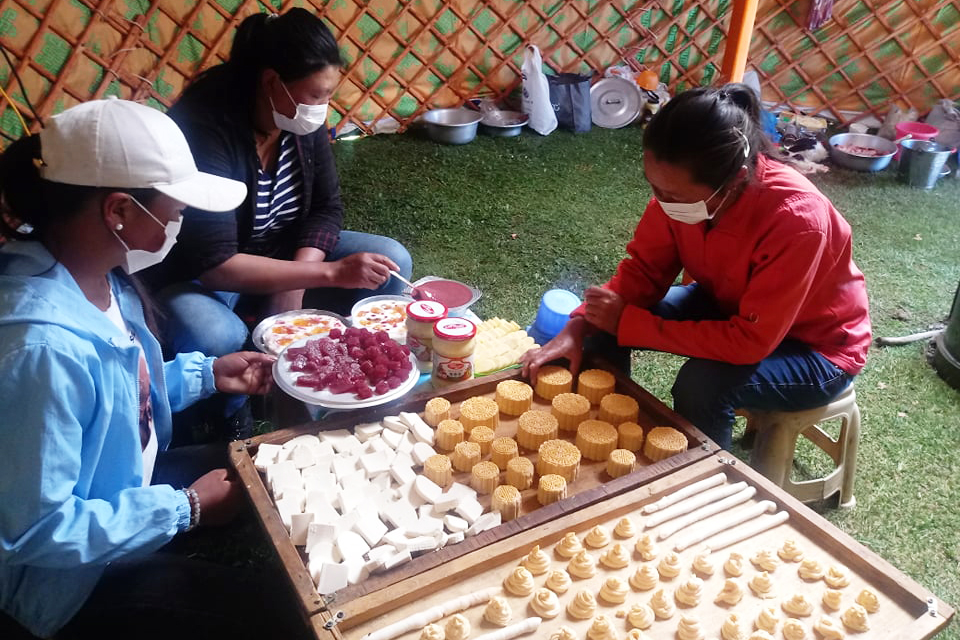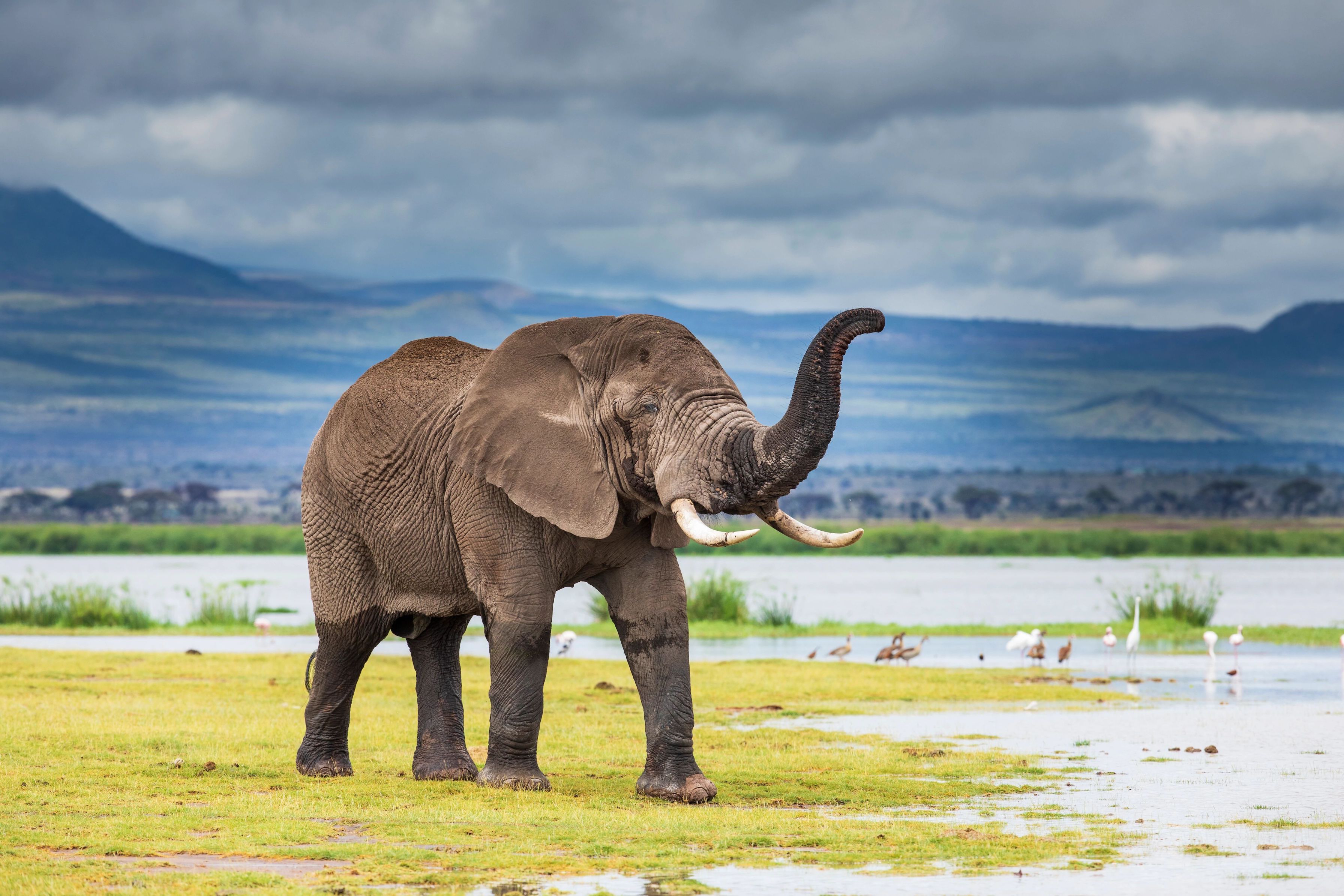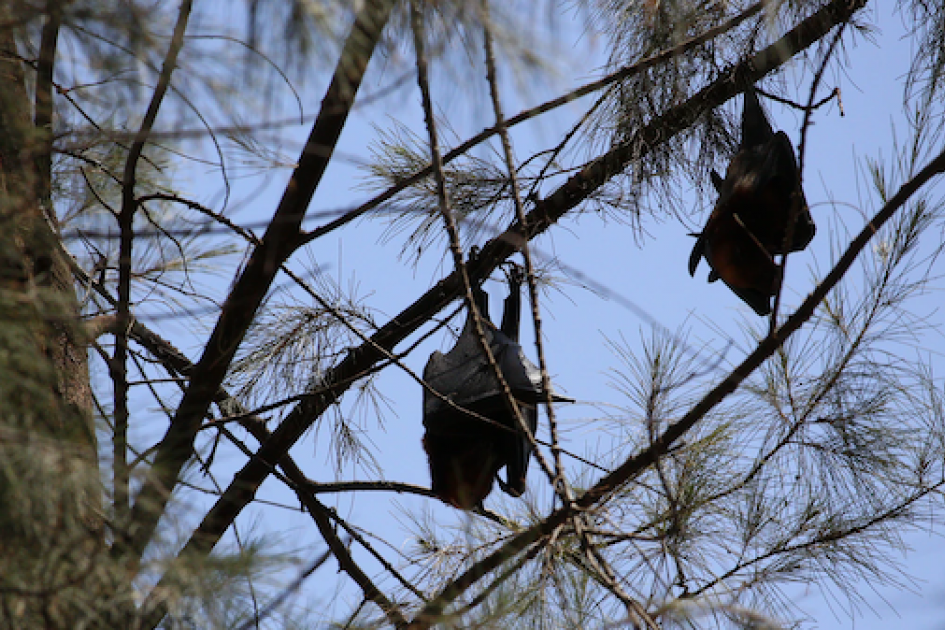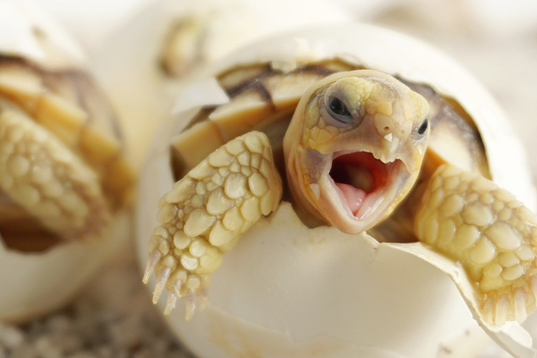UNDP presents a new social movement – mammalwatching. First came birdwatching, then whalewatching, now there is ‘mammalwatching’ which is like birdwatching except with mammals. Like birders, ‘mammalwatchers’ have a ‘life list’ that they actively seek to fill, and every mammal counts - from the Big Five (lions, buffaloes, leopards, elephants, rhinos), to the more humbly proportioned elephant shrew. Fast-growing nature tourism has made tremendous contributions to nature conservation, prompting the creation of protected areas, contributing to research through citizen science, and with the ecotourism dollars that bring practical financial benefits to people living in rural and undisturbed environments worldwide.
Wildlife
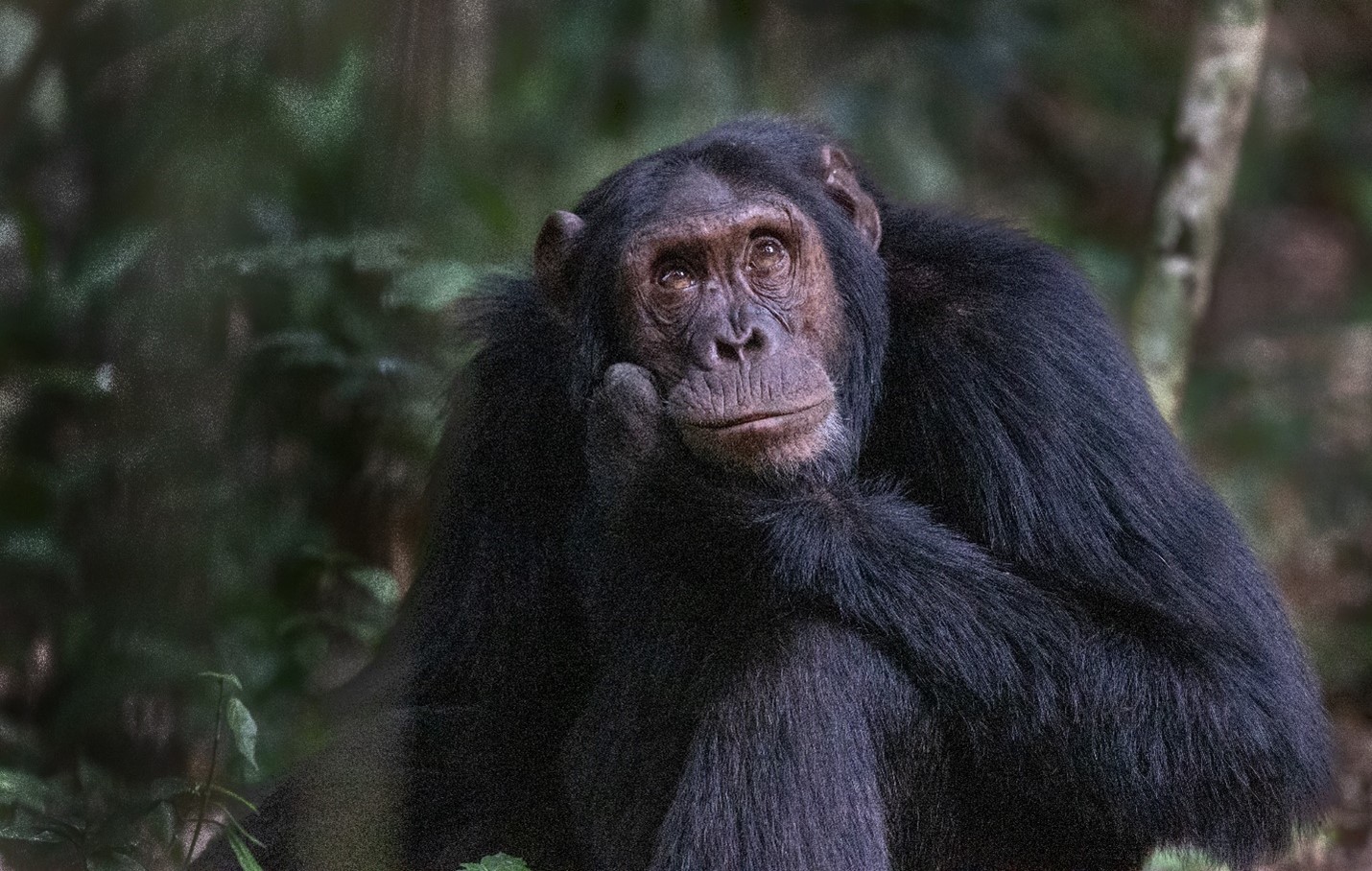
Mammalwatching: The New Ecotourism Frontier
Billions of people worldwide rely on wildlife to meet their needs - from food, fuel and medicines to housing and clothing. With a million species of plants and animals facing extinction, these natural resources are threatened. World Wildlife Day reminds us of the urgent need to fight against wildlife crime and human-induced reduction of species. The 2023 theme, "Partnerships for wildlife conservation,” celebrates the 50th anniversary of CITES, an agreement between governments to ensure that international trade in wildlife does not threaten their survival.
Biodiversity is the living fabric of our planet. It underpins human wellbeing, and its rapid decline threatens nature and people alike. It is vital to transform people’s roles, actions and relationships with biodiversity, to halt and reverse its decline. Safeguarding biodiversity must become one of the major priorities of our time. Find out more about UNESCO’s commitment to biodiversity.
By the early 21st century, the jaguar, South America’s largest predator was locally extinct in several countries. In Argentina, there are fewer than 300 individuals left in the country with remaining jaguars inhabiting dwindling islands of territory, increasingly isolated due to deforestation. Radical action by a team of collaborators is redefining jaguar conservation in the country. Lucero Corrales works for a UNDP-supported project focused on strengthening community and inter-institutional work to ensure the coexistence of people and big cats in the Paranaense Forest and the Gran Chaco Argentino. Lucero's role coheres around a single mission - ensure the coexistence of people and jaguars.
For Joshua, a refugee who fled gang violence, protecting the threatened tropical forests of his host country, has become both a calling and a moral imperative. Since early in the COVID-19 pandemic, Joshua has been working as a forest ranger at a natural preserve in southeastern Guatemala. Thanks to a partnership with UNHCR, FUNDAECO – the NGO that runs the preserve, prioritizes the hiring of people like Joshua, who have been forced to leave their homes due to violence, targeted threats, or persecution. Joshua, who previously described himself as a “nature beginner”, now says handling snakes is one of the highlights of a job. Find out more about Joshua’s personal transformation.
In the mountains of Uzbekistan, snow leopards, who are skillful hunters, can kill prey up to three times their weight. This has significance for farmers and shepherds as losses to snow leopards in livestock corrals can reach up to 10-20 animals in a single night. Locals occasionally retaliate by killing these threatened big cats. According to the international NGO TRAFFIC, 450 snow leopards have been killed annually since 2008 due to retaliatory killings and poaching. Through a UNDP-supported project in Uzbekistan, rural fences help protect against natural disasters, livestock raids by predators, uncontrolled grazing, livestock escape, and are a vital tool in preventing human-wildlife conflict.
From their work with landmine detection and sniffing sputum to detect tuberculosis, the Belgian NGO APOPO rats have been saving human lives for over two decades and have earned the special title - HeroRATs. The African giant pouched rat is one of the largest on earth and roughly equal in size to a small cat. These remarkable rodents are prized for their exquisitely sensitive olfactory capacity. Now with support from a UNDP-administered project, APOPO is training the rats to put their specialized skills to use by screening shipping containers for pangolin scales. The HeroRATs will provide another tool in the arsenal for the fight against the illegal wildlife trade.
Over the last century, tiger populations have declined by more than 95% due to habitat loss and wildlife trafficking. In Peninsular Malaysia, illegal poaching and wildlife trafficking are among the main factors in the decline of local tiger populations. The Malayan tiger population today is less than 200. Without extraordinary actions, Malaysia is expected to lose this species within the next five to ten years. This International Tiger Day (29 July), see how the GEF – in partnership with local communities – works to protect some of the last remaining wild populations of the endangered Malayan tiger.
It might have been the neighbor’s monkey which came downstairs to join her for piano lessons, or the wildlife club that she started in primary school in Kampala, Uganda. But from a very early age, Dr. Gladys Kalema-Zikusoka, this year’s Champion of the Earth for Science and Innovation, knew she wanted to work with animals. Kalema-Zikusoka would become the first-ever wildlife veterinarian for the Uganda Wildlife Authority. There, she began to apply what was a new approach to working for wildlife.
The wildlife-based tourism sector has been devastated by the effects of COVID-19. As tourism collapsed, related jobs and income were lost, conservation project funds were withdrawn, and as a result, poaching increased in many places around the world. These three consequences of COVID-19 were followed by a further knock-on effect: widespread food insecurity. Reversing degradation of land, soil, & forests is at the heart of ensuring people have enough to eat. It is also at the core of protecting wildlife. Read how nine projects are working to tackle both.
UNEP's report, A Future for All: The Need for Human/Wildlife Coexistence, finds that conflicts between communities and wild animals leads to the killing of more than 75 per cent of the world’s wild cat species, polar bears, Mediterranean monk seals, and elephants, among a host of other animals. At the same time, human-wildlife conflict also leads to human lives being lost. Decision-making is frequently divorced from the economic needs of communities, which are often impoverished. As a result, local tolerance for conservation – even among those who historically coexisted with wild species – is eroding. The new report says that local communities should be treated as allies in the fight to save endangered animals.
The COVID-19 pandemic has made us all acutely aware that human health, animal health and planetary health are inextricably linked. UN agencies have now issued guidance for national governments to help reduce public health risks associated with the sale of live wild mammals. Among other measures, the guidance calls for the suspension of sales of live wild mammals in traditional food markets that do not have effective regulations and sanitary measures.
Together with 6 youth representatives, Dr Jane Goodall, DBE is patron of the 50th Anniversary of the UNESCO-MAB programme. UNESCO's Man and the Biosphere Programme was created in 1971 with a vision: promote a sustainable connection between people and nature.
Following UNESCO’s Forum on Biodiversity on 24 March, the Organization has called for the mobilization of governments, citizens and civil society, including the private sector, in favour of biodiversity through the a multi-partner fund currently being set up. The aim of the mobilization is to counter the ongoing collapse affecting all living species. The United Nations is expected to invite Member States to implement a protection target of 30% of land and marine areas by 2030, at the COP15 of the Convention on Biological Diversity (CBD) to be held next October in Kunming (China).
“Help bonobos and bonobos will help you” – is a saying in the Kokolopori community deep in the Congo Basin rainforest. It refers to the bonobo, a species of great apes. Bonobos share nearly 99 percent of their DNA with humans. Smart, emotional, creative, with homo sapiens-looking physical traits, the bonobo can be described as the closest relative to humankind. Yet they are endangered. The Kokolopori community, at Vie Sauvage, has a model for how to save this important species.

